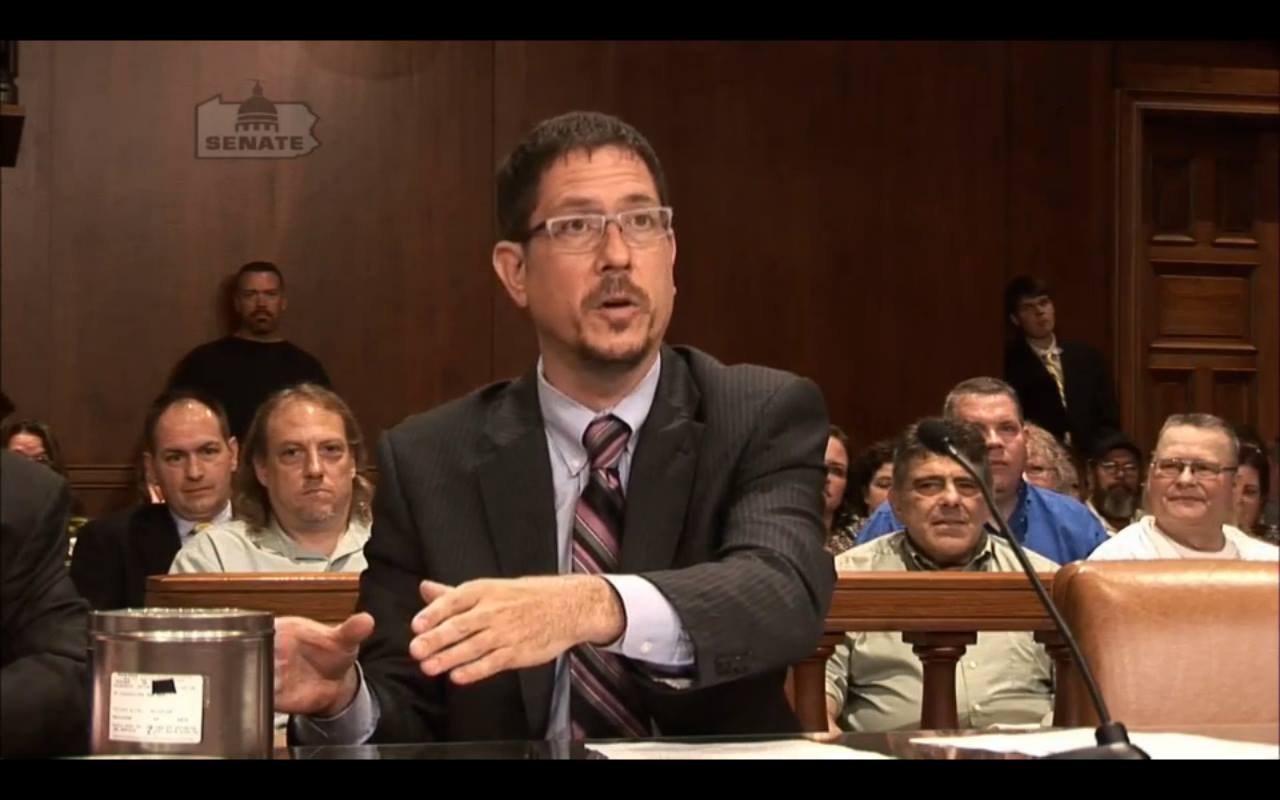Top Federal Crime Lawyer: Specialized Legal Defense for Federal Offenses
Debunking the Refine of Federal Appeals: What You Need to Know
Browsing the elaborate world of government charms can frequently feel like passing through uncharted waters for those not familiar with the procedure. Recognizing the subtleties of appellate court territory, the complexities of filing a notification of allure, providing an engaging brief, and making a convincing dental debate are crucial components that can significantly impact the outcome of an instance. By deciphering the layers of complexity surrounding government appeals, people can obtain a more clear understanding into the mechanisms that govern this crucial stage of the legal system.
Recognizing Federal Appeals Process
Exploring the intricate realm of the government appeals procedure reveals a organized and systematic trip via the judicial system - federal appeal lawyers hobbs act. Federal allures work as a crucial mechanism for assessing decisions made by reduced courts. Comprehending this process is necessary for anyone associated with lawful process at the government degree
The procedure typically begins with a celebration dissatisfied with a lower court's ruling filing a notification of appeal. This activates an evaluation by a higher court, where a panel of judges examines the legal arguments provided by both celebrations. Briefs detailing the legal thinking behind each celebration's setting are sent, and oral arguments may be heard to clear up intricate concerns.
The appellate court's decision is based on a comprehensive examination of the lower court's procedures and the arguments offered. As soon as the appellate court gets to a decision, it can affirm, turn around, remand, or customize the lower court's ruling, giving clarity and finality to the lawful disagreement.
Appellate Court Territory Described

Appellate courts have jurisdiction over details types of instances, typically those entailing legal mistakes, step-by-step issues, or questions of regulation as opposed to valid disputes. The territory of appellate courts is generally laid out in laws and legislations that govern the court system. Understanding appellate court territory is vital for events entailed in the allures process as it establishes whether an instance is eligible for review and the level to which the appellate court can intervene in the reduced court's decision.
Declaring a Notification of Allure
The initial action in starting the federal appeals procedure entails submitting a Notice of Charm with the appropriate appellate court. federal white collar crime appeal lawyers. This critical document formally alerts the court and the other events associated with the situation that the appealing party plans to seek a testimonial of the reduced court's decision. Submitting a Notice of Appeal is a strict procedural demand that establishes the appellate procedure moving
When preparing the Notification of Allure, it is necessary to make certain compliance with the certain policies and guidelines of the appropriate appellate court. The file should typically include details such as the situation name, the reduced court's name, the day of the judgment being appealed, and a succinct declaration indicating the grounds for the allure.
Timeliness is essential when filing a Notice of Charm. Missing out on the deadline for submitting this record can result in the appeal being rejected, emphasizing the value of accurate and prompt initiation of the charms procedure. It is advisable to seek lawful advice to navigate the intricacies of filing a Notification of Appeal efficiently.
Rundown and Dental Disagreement
In the appellate procedure, offering written briefs and engaging in oral arguments play critical duties in advocating for the appealing celebration's placement prior to the appellate court. Briefs are extensive lawful files that describe the events' disagreements, lawful authorities, and evaluation supporting their placements. These written entries supply the court with an in-depth understanding of the truths of the situation, the relevant regulation, and why the appealing party believes the reduced court's choice ought to be rescinded.
Complying with the submission and review of the briefs, dental arguments use the events a chance to further clarify their placements, attend to any type of concerns the appellate judges might have, and highlight bottom lines from their composed briefs. Oral debates are a chance for the lawyers to persuade the courts through verbal advocacy and feedbacks to queries from the bench.

Receiving the Appellate Court Choice

Verdict
Understanding the appellate court territory, submitting a notice of allure, preparing briefs, and offering dental arguments are all crucial components of this process. Inevitably, getting the appellate court decision can supply quality and resolution to legal disputes.
As we advance from recognizing the federal charms procedure to exploring the complexities of appellate court jurisdiction, an essential facet comes to light concerning the authority and restrictions of these higher courts in the lawful landscape. Appellate court jurisdiction refers to the extent of situations that a certain appellate court has the power to make a decision and assess upon. Unlike test courts that hear instances for the initial time, appellate courts are restricted go to this web-site to examining choices made by lower courts. Understanding appellate court jurisdiction is crucial for celebrations entailed in the appeals procedure as it figures out whether a case is qualified for review and the degree to which the appellate court can interfere in the lower court's choice.
Whether the appellate court affirms, reverses, or remands the lower court's choice, understanding the implications of the ruling is crucial for all events involved in the appellate process.